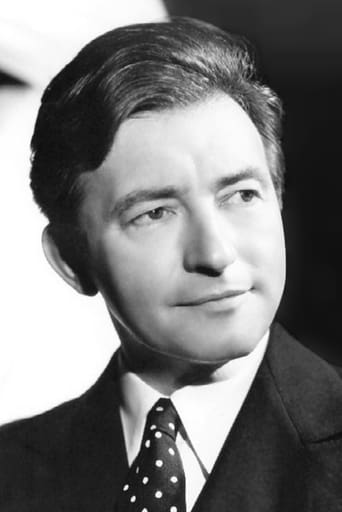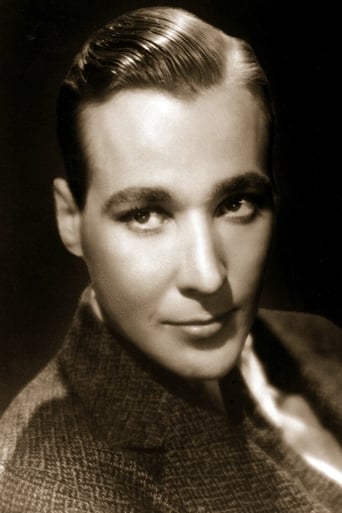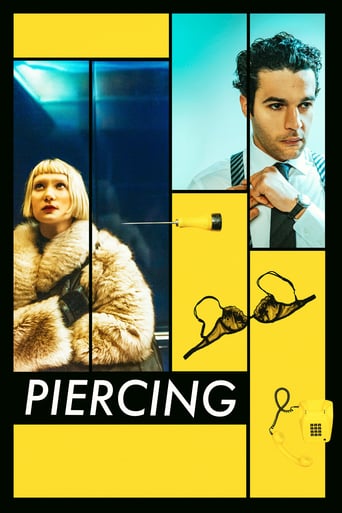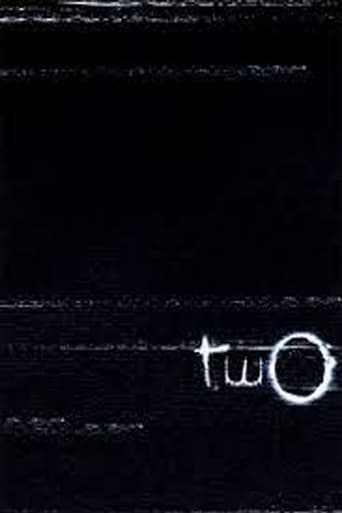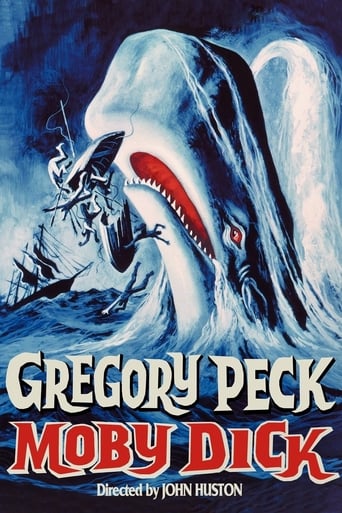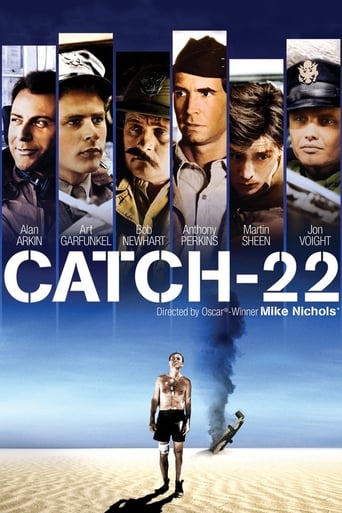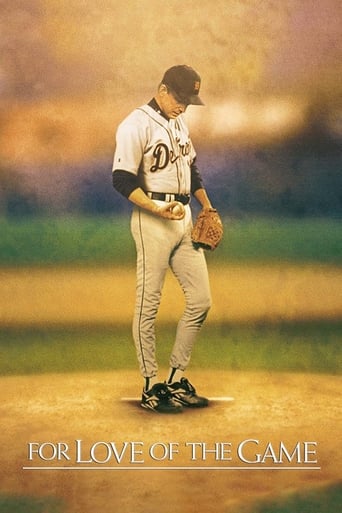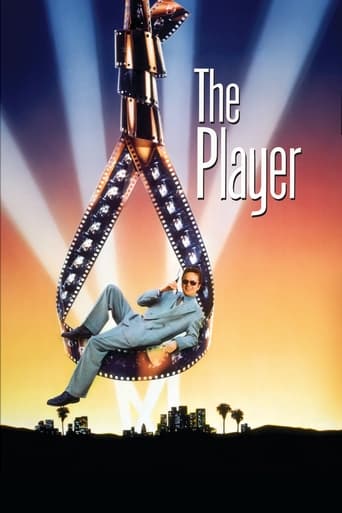
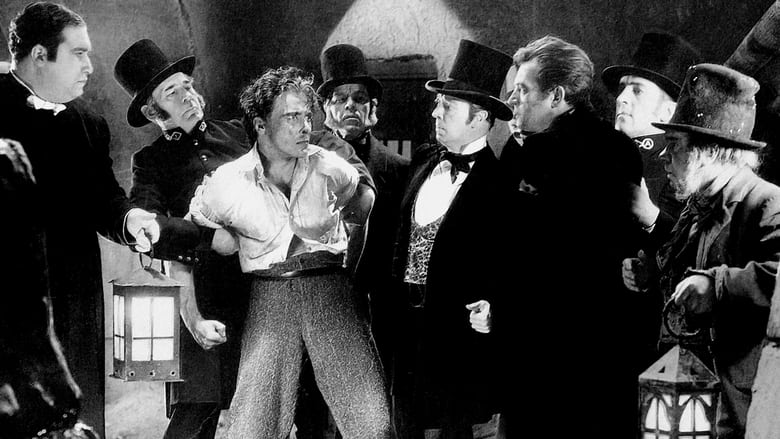
The Mystery of Edwin Drood (1935)
A choirmaster addicted to opium and obsessed with a beautiful young woman will stop at nothing to possess her.
Watch Trailer
Cast


Similar titles
Reviews
Director: STUART WALKER. Screenplay: John L. Balderston and Gladys Unger. Adaptation: Leopold Atlas, Bradley King. Based on the unfinished 1870 novel by Charles Dickens. Photography: George Robinson. Film editor: Edward Curtiss. Music composed by Edward Ward and Clifford Vaughan, orchestrated by Clifford Vaughan. Art director: Albert S. D'Agostino. Special effects: John P. Fulton. Technical advisor: Hilda Grenier. Assistant directors: Phil Karlson, Harry Mancke. Associate producer: Edmund Grainger.Copyright 5 February 1935 by Universal Pictures Corp. Presented by Carl Laemmle. New York opening at the Rialto: 20 March 1935. 9 reels. 85 minutes.SYNOPSIS: Rains is a cathedral choirmaster and opium addict who falls in love with Angel, the fiancee of his nephew, Manners. During a raging storm on Christmas Eve he strangles Manners and dumps his body in a quicklime pit in the crypt under the cathedral. He then tries to pin the murder on Montgomery, just back from Ceylon.COMMENT: A brilliant screenplay by John L. Balderston and Gladys Unger from a fine adaptation by Leopold Atlas and Bradley King, which not only preserves the dialogue and flavor of Charles Dickens' unfinished novel, but provides it with a most satisfactory and satisfying conclusion, more than makes up for some very incompetent acting and Stuart Walker's rather stagey direction. George Robinson's photography is less brilliant than usual, but there are some magnificent sets by art director Albert S. D'Agostino.
THE MYSTERY OF EDWIN DROOD (Universal, 1935), directed by Stuart Walker, is a complete motion picture taken from an incomplete final story written by Charles Dickens (1812-1870). Being Universal's second contribution to Dickens' novels captured on film, the first being the little known nor seen GREAT EXPEXCTATIONS (1934) starring Henry Hull and Phillips Holmes, also directed by Stuart Walker, EDWIN DROOD contains many performers in the cast usually associated with horror movies of recent years, which somewhat explains why this production is often part of fright night/shock theater on commercial television during the 1960s and 1970s, as well as distribution on video cassette in 1996 as part of Universal Horror Classics. Bearing a fine cast of Claude Rains ("The Invisible Man" 1933); David Manners ("Dracula" (1931), "The Mummy" (1932) and "The Black Cat" (1934)); Valerie Hobson (1935 "Bride of Frankenstein" and "Werewolf of London"); E.E. Clive and Forrester Harvey (both from "The Invisible Man" and others), one cannot help but assume this to be a horror film. Though there are no monsters nor mad scientists involved, there is the frightening presence of an insanely jealous choirmaster who happens to be an opium addict (Rains), but its basically a story of jealousy and mystery story with a surprise twist.Set in 19th century England, the story revolves around John Jasper (Claude Rains), a cathedral choirmaster of Cloisteram desperately in love with his music pupil, Rosa Bud (Heather Angel), a beautiful girl just turned 18, engaged to marry his 21-year-old nephew, Edwin "Ned" Drood (David Manners). Entering the scene are Neville Landless (Douglass Montgomery), and his sister, Helena (Valerie Hobson), arriving from Ceylon on a carriage to live under the wing of the Rev. Mr. Crisparkle (Francis L. Sullivan) and his wife (Louise Carter). Neville meets and immediately falls in love with Rosa, which leads to heated anger and near fights between the two men. Neville finds Edwin's vanity intolerable and not worthy of Rosa's hand in marriage. With a reputation of having a violent temper, as told to Crisparkle, Neville, in a drunken rage, takes a knife to Edwin, but holds back his anger and goes away. Realizing he is right in his assumption, Edwin breaks his engagement to Rosa, with Edwin and Neville later parting simply as friends. Jasper, unaware about the broken engagement, spots Ned kissing Rosa as they part company, assuming their embrace to be love and affection. With careful planning, Jasper murders Ned on Christmas Eve. The following day Jasper reports Ned missing to the authorities and accuses Neville of his nephew's murder, even though Ned's body has yet to be found. While all the evidence is now against Neville, especially after leaving town and adding to his "guilt," Jasper posts a $200 pound reward on Neville's return and arrest. Later a mysterious white haired/-bearded old man named Mr. Thackeray arrives, arousing suspicion to John Jasper as to why this mysterious old man is so much interested in the mystery of Edwin Drood.Others seen in the cast include Zeffie Tilbury (the opium den hag who predicts harm will come to anyone by the name of "Ned"); E.E. Clive (Mayor Thomas Sapsea); Walter Kingsford (Grengious, Rosa's guardian); Forrester Harvey (Durdles); Georgie Ernest (The Boy Deputy); J.M. Kerrigan (Chief Vergon Tope); and Ethel Griffies (Miss Twinkledon). Look quickly for Walter Brennan appearing briefly as the cockney town gossip. Claude Rains is perfectly cast in the lead as John Jasper, the one whom Rosa Bud (Heather Angel) describes as one "haunting her thoughts like a dreadful ghost." Much of the story rightfully belongs to Montgomery, as the accused, who goes to extreme measures to clear himself of a crime for which he is innocent. While Hobson has little to do as Angel's roommate and companion, the story is also helped by the angelic beauty of Heather Angel and Edward Ward's stock background music.It's a wonder had Charles Dickens lived to complete his novel of "The Mystery of Edwin Drood," would he have come up with a surprise twist ending as depicted in this motion picture or something completely different? It's also a wonder how the 1914 silent screen adaptation to the same story was handled? Notably the novel had been completed and published in 1980 by another author over century after Dickens' death, yet this climax itself is enough to indicate its satisfying conclusion. Regardless the familiar background settings used in other horror films produced at the same time, this production does capture the essence of Gothic 19th century England and anything else associated with Dickens' work.Nearly forgotten through the absence from television revivals in later years, THE MYSTERY OF EDWIN DROOD did surface again on Turner Classic Movies (TCM premiere: December 5, 2011), and later on DVD as part of Universal's Vault Collection, the movie itself is a worthy rediscovery to an outlook of now forgotten films outside Frankenstein, Dracula or The Werewolf productions produced by Carl Laemmle's for which Universal is known for today. (***)
Despite being featured in reference books about the Universal Monster movies and included in similarly themed VHS collections, "The Mystery of Edwin Drood" is not a horror movie. Not even kind of. It is, perhaps I should have seen this coming, a stodgy costume drama, through and through. There are the most marginal of marginal horror elements. A murder, a tomb, some drug induced hallucinations, a storm, a creepy shadow cast on a wall. Despite the Victorian setting, the movie totally lacks any foggy English atmosphere.It's not a bad movie, though it is slow paced. Claude Rains gives an excellent performance as Uncle Jasper. The character, as written, could have been an obvious villain, leeringly lusting after a girl twenty years younger then him, an opium addict, so clearly plotting revenge. However, Rains makes him a real person. Though Rosa is disgusted by him (A little unfairly), his love for her is true, his devotion sincere. He shows remorse for his action, especially at the end. His decisions aren't calculated, but rather rich with doubt. Rains' gravelly delivery is used extremely well. The rest of the cast too, notably Douglass Montgomery as the accused boy, who even makes the somewhat absurd old man disguise actually work. The girls seem like very stereotypical Victorian ladies at first but do eventually develop personalities. There's one really cool shot of a paper aging before our eyes, showing the pass of time brilliantly. Otherwise? I can't say I was too horribly interested in this one.
Above all else, it was the promise of a hilariously young Claude Rains that prompted me to watch 'Mystery of Edwin Drood (1935),' a Universal adaptation of Charles Dickens' final, unfinished novel. Rains had, of course, appeared in Whales' 'The Invisible Man (1933)' a few years earlier, but, curiously, it was difficult to get a good look at him in that film, so this was my main opportunity to catch the excellent supporting actor before he was forever condemned to playing grey-haired characters. His role here as John Jasper is completely unforgettable, a riveting portrait of inner torment that communicates so much through every bodily twitch and strained facial expression. Just watch Rains as his character watches the beautiful Rosa through hungry, agonised eyes the pure anguish rippling through Jasper's body is almost painful to behold, the image of a polluted mind and soul reaching the end of its tether. It's moments like this that made Rains one of the finest actors of Hollywood's golden age."The Mystery of Edwin Drood" is itself one of literature's greatest mysteries. Left unfinished in 1870 after Dickens' death, the story reaches no conclusion, leaving scholars to ponder endlessly about how the author intended to wrap up the novel's events. The murderer of Edwin Drood (if, indeed, he was ever murdered) will thus never been known for sure. Stuart Walker's adaptation attempts to fill in these gaps as best as it can, and this is accomplished quite well, indeed. Despite the high potential for failure, the story does feel as though it's flowing towards its logical conclusion, and John Jasper's guilt ultimately seems the only practical option. Also a product of the screenwriters' imaginations was the identity of Dick Datchery, a wheezing old stranger who arrives in town for a month or two in the film, he is the incognito Neville Landless, determined to solve the mystery of Drood's disappearance, though Dickens' story reaches no such conclusions. Though we can never know the author's true intentions, these respectful suppositions are probably the best we're ever going to get.Claude Rains is clearly the film's standout performer, giving a edgy and tortured performance as the tormented soul who (in this version) enacts his frustrations through strangulation. David Manners, no stranger to Universal horror regulars, is quite good as the titular murder victim, though his character isn't all that interesting next to his deranged uncle. Douglass Montgomery, with distinctive chiselled facial features, plays the romantic lead with sufficient conviction, and his interpretation of Datchery is enjoyable, as well. I didn't recognise Heather Angel by sight, but she's appeared in several films with which I'm quite familiar Ford's 'The Informer (1935)' and Hitchcock's 'Lifeboat (1944).' Her performance as Rosa Bud (yeah, I laughed, too) in 'Mystery of Edwin Drood' is perfectly serviceable, given that it demands nothing except that she look beautiful and she does. For fans of Charles Dickens, fans of Claude Rains, or fans of good old-fashioned storytelling, this little-seen mystery drama is very much worth the effort it takes to track down.


